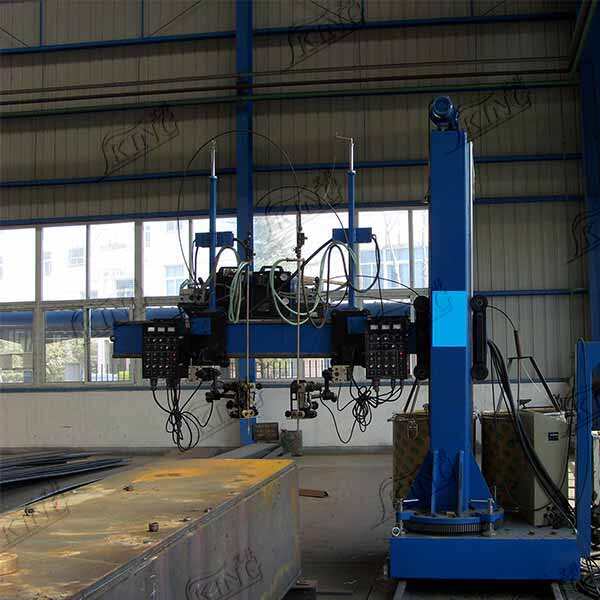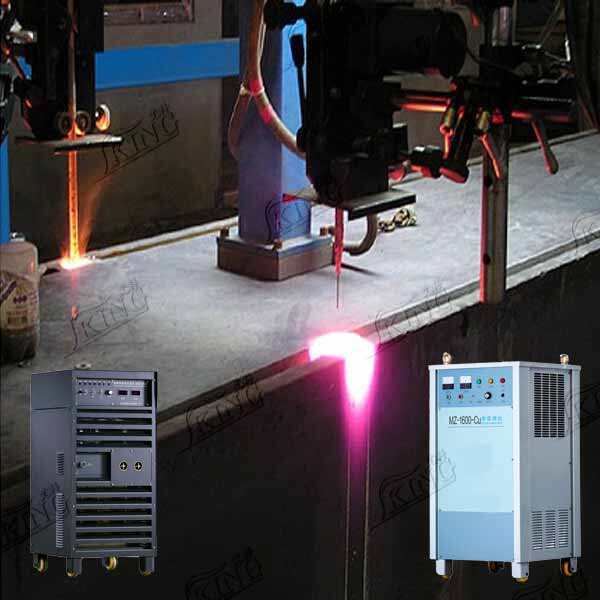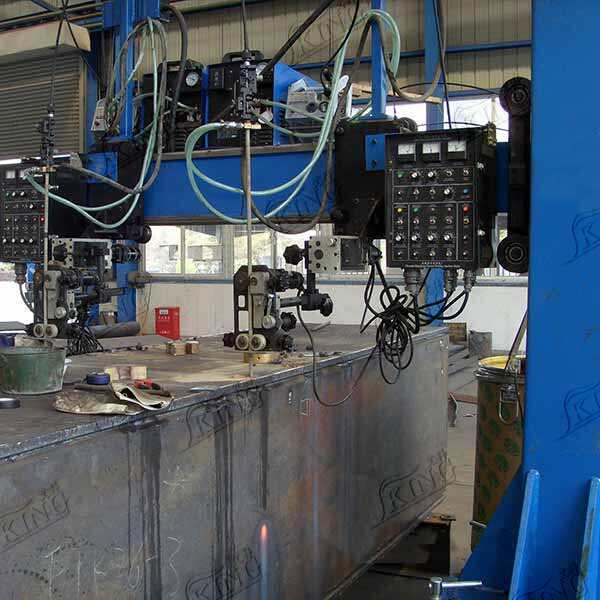electroslag welding for bridges
Electroslag welding for bridges represents a revolutionary advancement in infrastructure construction, offering a highly efficient method for joining thick steel plates in bridge components. This sophisticated welding process utilizes electrical resistance heating and molten slag to create strong, deep penetration welds essential for bridge construction. The process begins with the establishment of a molten slag bath between the pieces to be joined, maintained at temperatures around 1800°C. As electric current passes through the conductive slag, it generates the heat necessary for melting the base metal and filler material. The process is particularly valuable for vertical welds in thick sections, commonly encountered in bridge construction. The method excels in creating single-pass welds for plates ranging from 1 to 12 inches in thickness, significantly reducing welding time compared to traditional methods. The resulting welds demonstrate exceptional mechanical properties, including high tensile strength and excellent impact resistance, crucial for bridge structural integrity. The automated nature of electroslag welding ensures consistent quality across long weld lengths, making it ideal for large-scale bridge projects where reliability and structural soundness are paramount.


